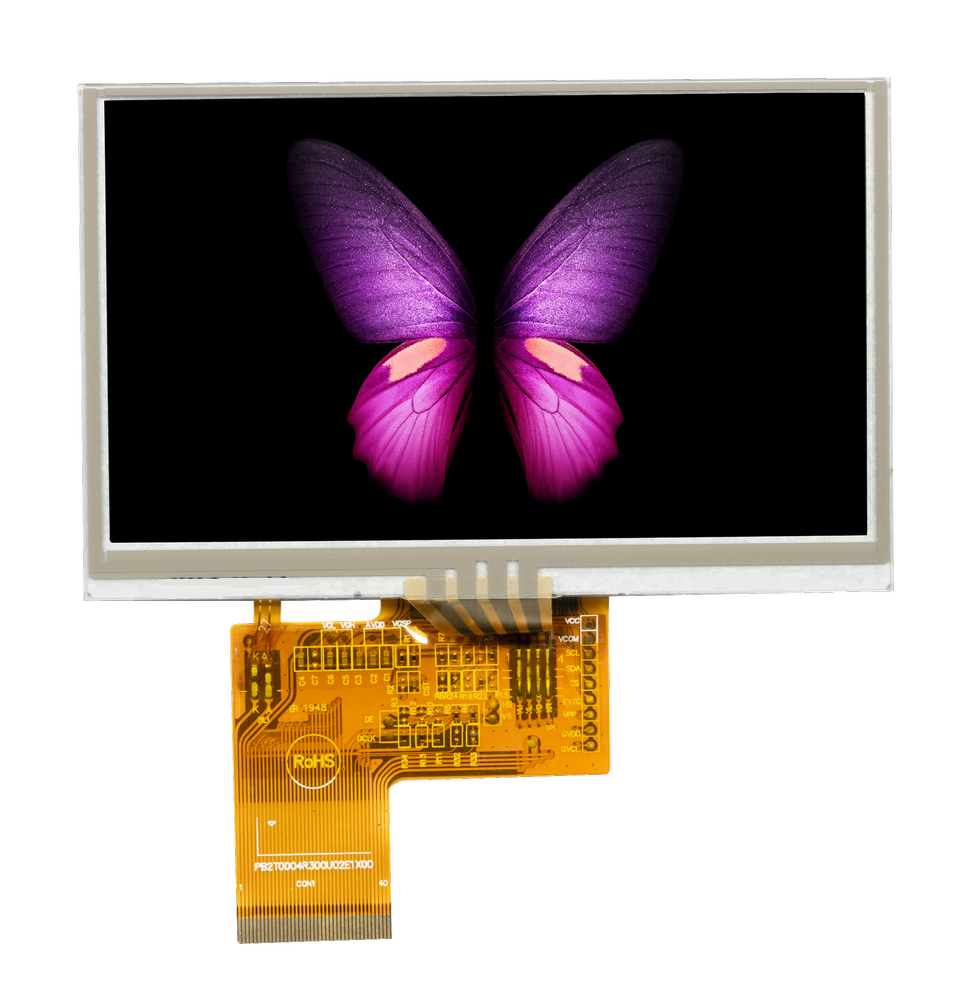The History of LCD (1980s-2021s)
Blaze Display Technology Co., Ltd. | Updated: Nov 27, 2018
1980s
In 1983, researchers at Brown, Boveri & Cie (BBC) Research Center, Switzerland, invented the super-twisted nematic (STN) structure for passive matrix-addressed LCDs. H. Amstutz et al. were listed as inventors in the corresponding patent applications filed in Switzerland on July 7, 1983, and October 28, 1983. Patents were granted in Switzerland CH 665491, Europe EP 0131216, U.S. Patent 4,634,229 and many more countries. In 1980, Brown Boveri started a 50/50 joint venture with the Dutch Philips company, called Videlec. Philips had the required know-how to design and build integrated circuits for the control of large LCD panels. In addition, Philips had better access to markets for electronic components and intended to use LCDs in new product generations of hi-fi, video equipment and telephones. In 1984, Philips researchers Theodorus Welzen and Adrianus de Vaan invented a video speed-drive scheme that solved the slow response time of STN-LCDs, enabling high-resolution, high-quality, and smooth-moving video images on STN-LCDs. In 1985, Philips inventors Theodorus Welzen and Adrianus de Vaan solved the problem of driving high-resolution STN-LCDs using low-voltage (CMOS-based) drive electronics, allowing the application of high-quality (high resolution and video speed) LCD panels in battery-operated portable products like notebook computers and mobile phones. In 1985, Philips acquired 100% of the Videlec AG company based in Switzerland. Afterwards, Philips moved the Videlec production lines to the Netherlands. Years later, Philips successfully produced and marketed complete modules (consisting of the LCD screen, microphone, speakers etc.) in high-volume production for the booming mobile phone industry.
The first color LCD televisions were developed as handheld televisions in Japan. In 1980, Hattori Seiko's R&D group began development on color LCD pocket televisions. In 1982, Seiko Epson released the first LCD television, the Epson TV Watch, a wristwatch equipped with a small active-matrix LCD television. Sharp Corporation introduced dot matrix TN-LCD in 1983. In 1984, Epson released the ET-10, the first full-color, pocket LCD television. The same year, Citizen Watch, introduced the Citizen Pocket TV, a 2.7-inch color LCD TV, with the first commercial TFT LCD. In 1988, Sharp demonstrated a 14-inch, active-matrix, full-color, full-motion TFT-LCD. This led to Japan launching an LCD industry, which developed large-size LCDs, including TFT computer monitors and LCD televisions. Epson developed the 3LCD projection technology in the 1980s, and licensed it for use in projectors in 1988. Epson's VPJ-700, released in January 1989, was the world's first compact, full-color LCD projector.
1990s
In 1990, under different titles, inventors conceived electro optical effects as alternatives to twisted nematic field effect LCDs (TN- and STN- LCDs). One approach was to use interdigital electrodes on one glass substrate only to produce an electric field essentially parallel to the glass substrates. To take full advantage of the properties of this In Plane Switching (IPS) technology further work was needed. After thorough analysis, details of advantageous embodiments are filed in Germany by Guenter Baur et al. and patented in various countries. The Fraunhofer Institute ISE in Freiburg, where the inventors worked, assigns these patents to Merck KGaA, Darmstadt, a supplier of LC substances. In 1992, shortly thereafter, engineers at Hitachi work out various practical details of the IPS technology to interconnect the thin-film transistor array as a matrix and to avoid undesirable stray fields in between pixels.
Hitachi also improved the viewing angle dependence further by optimizing the shape of the electrodes (Super IPS). NEC and Hitachi become early manufacturers of active-matrix addressed LCDs based on the IPS technology. This is a milestone for implementing large-screen LCDs having acceptable visual performance for flat-panel computer monitors and television screens. In 1996, Samsung developed the optical patterning technique that enables multi-domain LCD. Multi-domain and In Plane Switching subsequently remain the dominant LCD designs through 2006. In the late 1990s, the LCD industry began shifting away from Japan, towards South Korea and Taiwan, which later shifted to China.
2000s–2010s
In 2007 the image quality of LCD televisions surpassed the image quality of cathode-ray-tube-based (CRT) TVs.[86] In the fourth quarter of 2007, LCD televisions surpassed CRT TVs in worldwide sales for the first time. LCD TVs were projected to account 50% of the 200 million TVs to be shipped globally in 2006, according to Displaybank. In October 2011, Toshiba announced 2560 × 1600 pixels on a 6.1-inch (155 mm) LCD panel, suitable for use in a tablet computer, especially for Chinese character display. The 2010s also saw the wide adoption of TGP (Tracking Gate-line in Pixel), which moves the driving circuitry from the borders of the display to in between the pixels, allowing for narrow bezels. LCDs can be made transparent and flexible, but they cannot emit light without a backlight like OLED and microLED, which are other technologies that can also be made flexible and transparent. Special films can be used to increase the viewing angles of LCDs.
In 2016, Panasonic developed IPS LCDs with a contrast ratio of 1,000,000:1, rivaling OLEDs. This technology was later put into mass production as dual layer, dual panel or LMCL (Light Modulating Cell Layer) LCDs. The technology uses 2 liquid crystal layers instead of one, and may be used along with a mini-LED backlight and quantum dot sheets.


